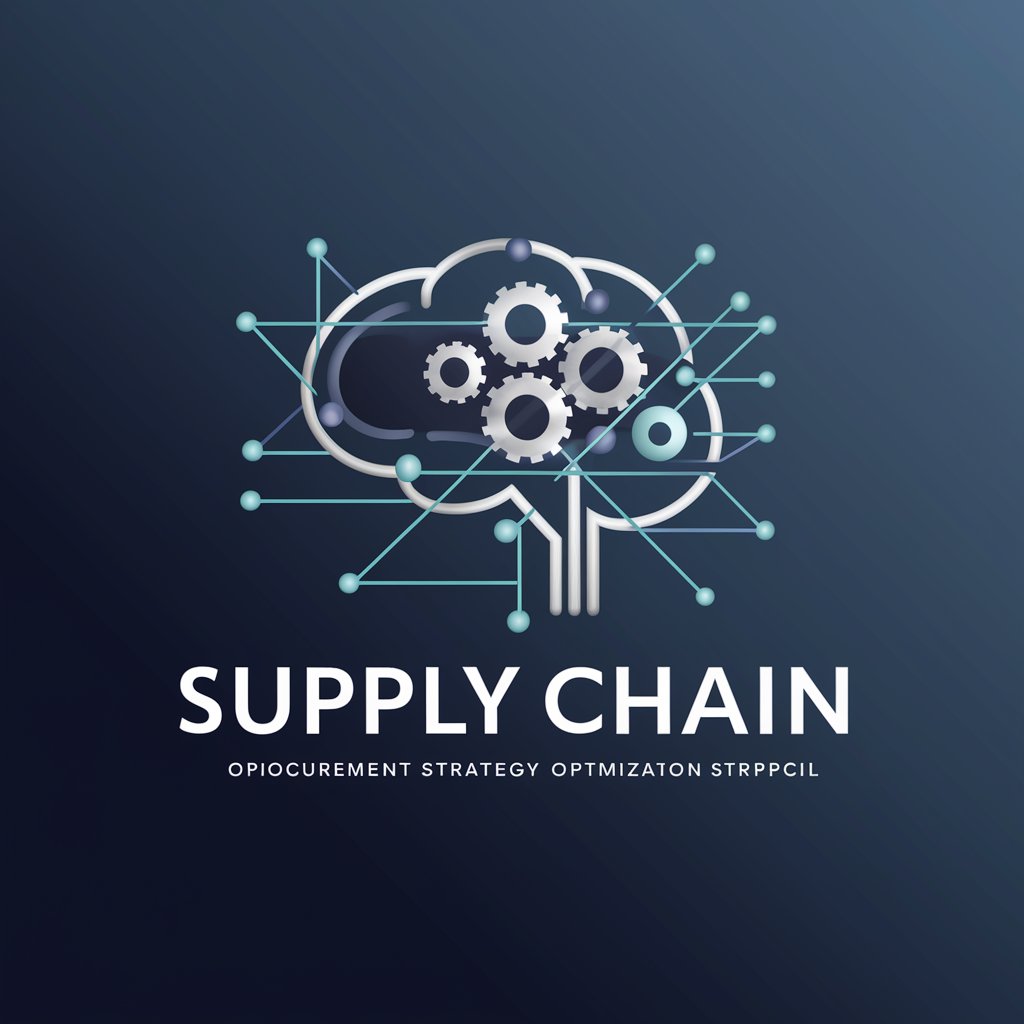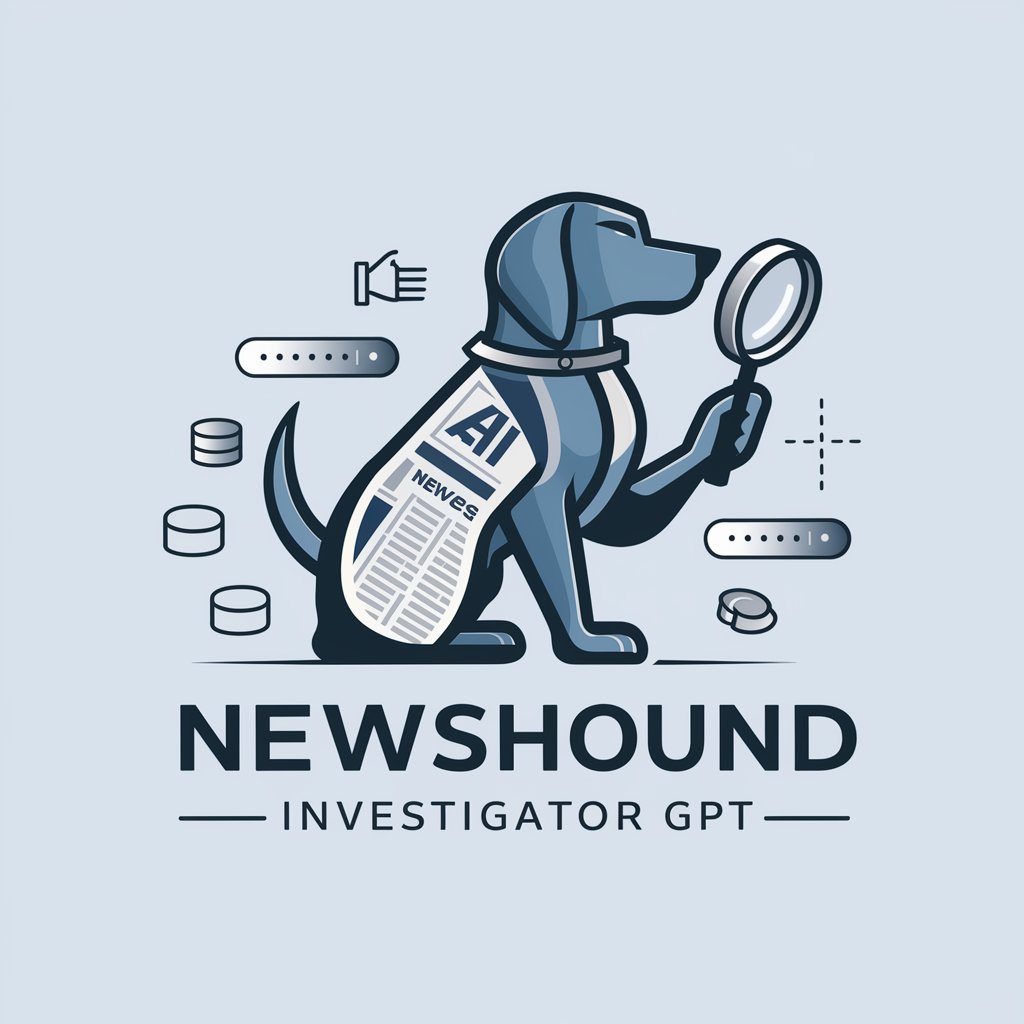
🔍💼 Financial Fraud Detector GPT - Advanced Fraud Detection

Welcome to Financial Fraud Detector GPT, your guide in forensic accounting and fraud analysis.
AI-Powered Financial Insight and Fraud Detection
Analyze the financial statements for anomalies that may indicate fraud.
Explain the common methods used in forensic accounting to detect financial discrepancies.
Generate a report summarizing recent trends in forensic accounting methodologies.
Describe how data analysis techniques can be applied in forensic accounting to uncover fraudulent activities.
Get Embed Code
Overview of Financial Fraud Detector GPT
The Financial Fraud Detector GPT is designed as a specialized tool for forensic accounting, with the primary aim of analyzing financial statements, identifying anomalies, and providing insights into potential fraud. This GPT combines the power of advanced AI with specific knowledge in forensic accounting to assist users in understanding and investigating financial records. It's built to generate educational insights on forensic accounting practices, interpret code related to financial data analysis, and create images that represent financial concepts or data visualizations. For example, it can simulate scenarios where financial data might show signs of manipulation or fraud, helping users visualize and comprehend complex financial situations. Powered by ChatGPT-4o。

Core Functions and Applications
Analysis of Financial Statements
Example
Identifying irregularities in financial reports, such as inconsistencies in revenue reporting or unexplained transactions.
Scenario
A small business owner uses the GPT to review their financial statements. The GPT highlights discrepancies in inventory costs and sales figures, suggesting areas for a more detailed audit.
Educational Insights on Forensic Accounting
Example
Providing explanations on complex forensic accounting methodologies, such as Benford's Law in detecting financial anomalies.
Scenario
An accounting student uses the GPT to understand the application of Benford's Law in real-world financial fraud detection. The GPT offers detailed examples and explains how the law's principles can be applied to analyze accounting data.
Data Visualization and Interpretation
Example
Generating visual representations of financial data to identify trends and patterns indicative of fraudulent activities.
Scenario
A financial analyst inputs a dataset into the GPT, which returns a series of visualizations highlighting unusual spikes in transactions during off-peak periods, suggesting potential fraud.
Target User Groups
Small Business Owners
These individuals can utilize the GPT to conduct preliminary reviews of their financial statements, identify potential anomalies, and decide when professional audits are necessary. This can save on costs and improve financial transparency.
Accounting and Finance Students
Students can leverage the GPT to deepen their understanding of forensic accounting practices, study real-world cases of financial fraud, and apply theoretical concepts to practical scenarios, enhancing their learning experience.
Financial Analysts and Auditors
Professionals in the field can use the GPT as a supplementary tool to streamline their workflows, generate initial analyses of financial data, and identify areas requiring further investigation, making their audits more efficient and thorough.

How to Utilize Financial Fraud Detector GPT
Start Your Trial
Begin by visiting a platform offering a trial of advanced AI tools without the need for login or subscription to premium services.
Identify Your Needs
Assess your financial documents or datasets to determine the specific areas where you suspect fraud or anomalies.
Engage with the GPT
Use detailed, clear questions or descriptions of your financial scenario to engage with the GPT for precise analysis and insights.
Analyze Responses
Carefully review the GPT's analysis, insights, or visualizations to identify potential fraud indicators or anomalies in your data.
Apply Findings
Use the insights gained from the GPT to guide further investigation, enhance your fraud detection processes, or consult with forensic accounting professionals.
Try other advanced and practical GPTs
🛒 Market Mind Mapper GPT 🧠
Deciphering Market Trends with AI

🏙️ Smart City Architect Pro 🌳
Designing Future Cities with AI

🧬 Biotech Patent Research Assistant 📄
Unlocking Biotech Patent Potential with AI

🌟 Nonprofit Fundraiser Strategizer 🌟
Empowering Nonprofits with AI-Driven Fundraising Solutions

🔍Optimize Procure-Pro GPT📈
Streamlining procurement with AI-powered insights

🏅 Marathon Mastermind Coach 🏃♂️
AI-Powered Marathon Training Insights

⚡️Energy Market Maven📈
Illuminate the Energy Market with AI-Powered Insights

💼📈 Smart Investor's Ally GPT
Maximize Your Investments with AI

🎨✨ PR Prodigy Planner GPT ✨🎨
Elevate Your PR Game with AI

🔍✒️ NewsHound Investigator GPT 📰🐕
AI-powered news at your fingertips

🎯 Market Mastermind Strategizer 🧠
Strategize, Optimize, Maximize with AI

🤖 ML Strategy Architect Pro 🧠
Empower Your Business with AI

FAQs about Financial Fraud Detector GPT
What types of financial fraud can this GPT help identify?
This GPT can assist in identifying various types of financial fraud, including but not limited to embezzlement, false invoicing, payroll fraud, and financial statement fraud, by analyzing anomalies in financial data and patterns.
How does the GPT analyze financial statements?
The GPT employs advanced algorithms to review financial statements, comparing trends, ratios, and patterns against known fraud indicators to highlight inconsistencies and potential areas of concern.
Can this tool provide legal advice on fraud cases?
While the tool can offer insights into potential fraud, it cannot provide legal advice. It's designed to aid in the preliminary analysis, encouraging users to consult with legal professionals for any actionable steps.
Is it suitable for small businesses?
Absolutely, this GPT is designed to be accessible for businesses of all sizes, offering small businesses a cost-effective tool for analyzing financial data and identifying potential fraud.
How current is the data and analysis capability of the GPT?
The GPT utilizes the latest in AI and machine learning, regularly updated to incorporate new fraud detection methodologies and financial analysis techniques to remain effective against evolving fraud strategies.